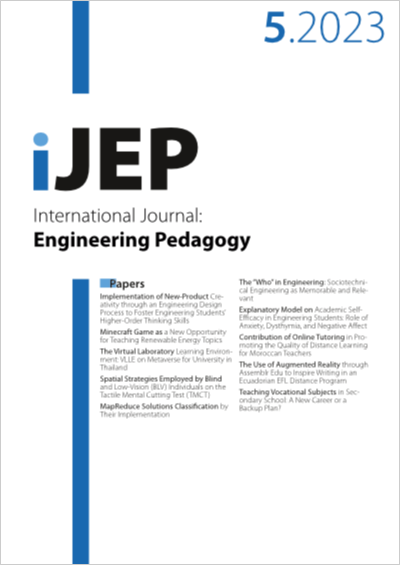Teaching Vocational Subjects in Secondary School: A New Career or a Backup Plan?
DOI:
https://doi.org/10.3991/ijep.v13i5.37555Keywords:
secondary vocational schools, teacher of vocational subjects, teacher qualificationAbstract
For several years now, not only in the Czech Republic, we have been witnessing various discussions related to the issue of secondary vocational education, especially the shortage and decline of erudite and qualified teachers of vocational subjects. Another issue that increases the demand for new teachers is the ageing of the teaching staff of secondary vocational schools. The government and education policy are responding to this situation in various ways—by increasing salaries, mitigating qualification requirements, promoting qualification training, etc. The objective of this paper is to present a course aimed at qualifying teachers of vocational subjects for secondary schools and to report the results of a survey conducted among its participants. The results were compared according to selected socio-demographic characteristics. The new three-semester course has been implemented since 2020 at a public university in the Czech Republic, which has almost 60 years of experience in various forms of secondary school teachers of vocational subjects training within their fields of specialization. The survey was conducted via an electronic questionnaire and received responses from 100 respondents. The most interesting results include, for example, that about 60% of the respondents attended the course in order to obtain a qualification as a teacher of vocational subjects for secondary schools for possible future use—to strengthen their employability opportunities on the labour market, not because they are already working at a secondary school or because they currently need this qualification.
Downloads
Published
How to Cite
Issue
Section
License
Copyright (c) 2023 Mgr. Petr Adamec, Ph.D.

This work is licensed under a Creative Commons Attribution 4.0 International License.



